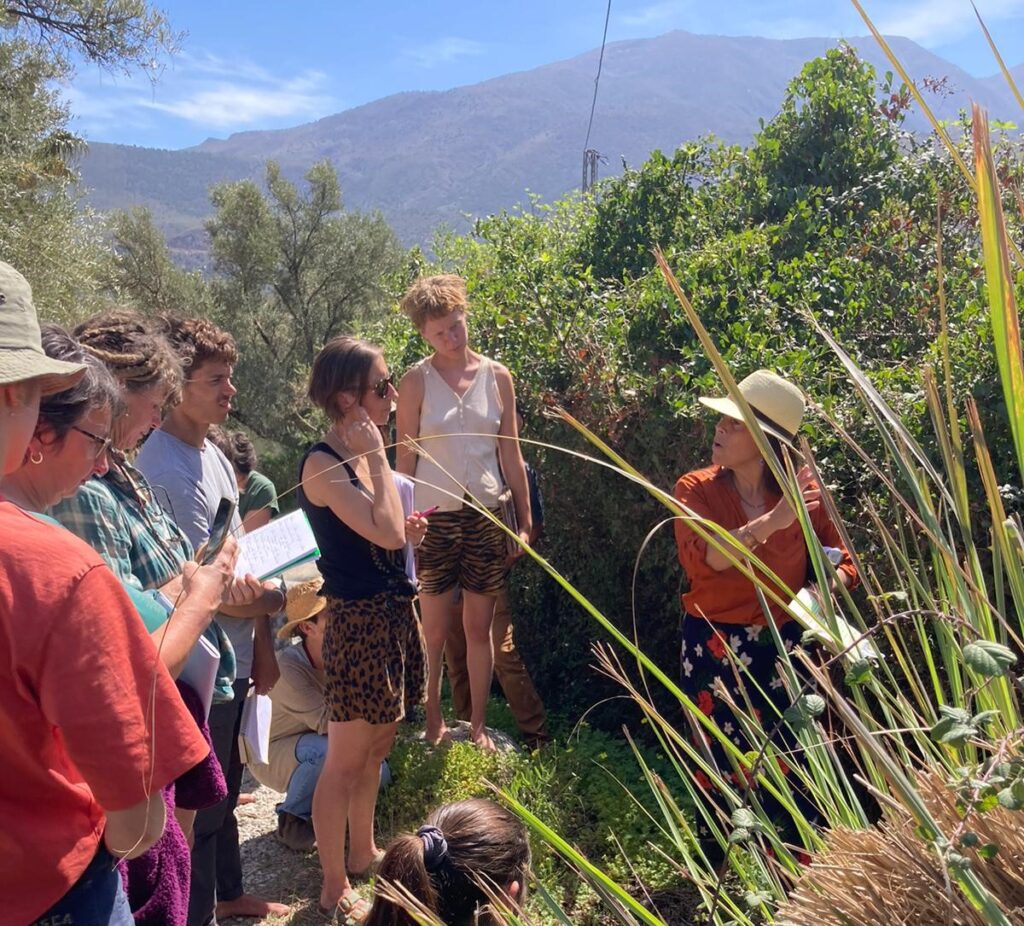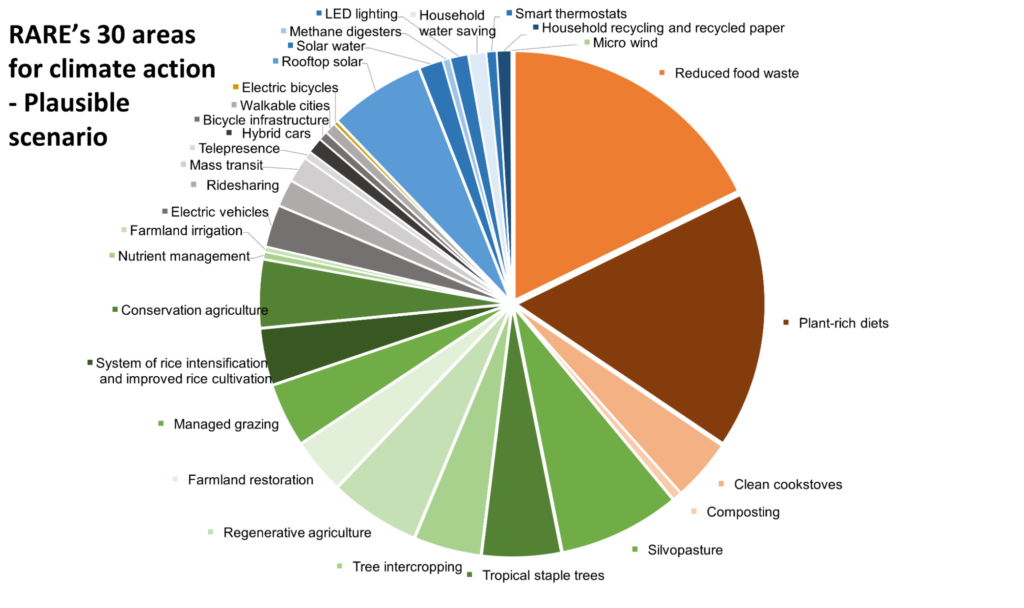
The permaculture-behaviour change connection
By Livvy Drake
Wow, I have just completed an amazing two-week intensive Permaculture Association Permaculture Design Course in Southern Spain, which included 72 hours of classroom theory (luckily the classroom was outside sometimes).

Permaculture (Permanent Agriculture) is inspired by the study of nature and indigenous tribes and is an approach to living and working with nature on the land, and in society and can be applied to all aspects of life.
The 12 principles are:
- Observe and interact
- Catch and store energy
- Obtain a yield
- Apply self-regulation and accept feedback
- Produce no waste
- Use renewable resources and services
- Design from pattern to detail
- Integrate rather than segregate
- Use small and slow solutions
- Use and value diversity
- Use edges and value the marginal
- Creatively use and respond to change
The 3 ethics are Earth Care, People Care and Fair Share

The above obviously have a lot of synergy with my sustainability work, but I wasn’t expecting the connections with my behaviour change work.
Zones make it easy
Permaculture Design is often applied to designing a farm, self-sufficient lifestyle or garden. The land is designed into zones with Zone 0 being the house, so zone 1 is where you put the herbs, salad garden, social spaces and compost toilets. Thus removing the FRICTION to access and making things EASY (101 in behaviour change theory).

Image reference
Stacking functions
As in nature, Permaculture Design looks for synergy and to make things multi-functional by stacking, e.g. using the heat from compost to heat greenhouses in winter or chicken tractors which clear the weeds and manure as their pen is moved around. This reminded me of the behaviour change of BUNDLING behaviours together.

Image reference
Achieving rare’s actions
In my workshops, I regularly share the @Rare 30 behaviour change actions that could remove 1/3rd of greenhouse gases. 40% of this is dedicated to agricultural practices, which I can now proudly say I have an idea on how to implement, following the course.

There is so much more I learned about on the course, which can solve our waste and carbon problems using natural solutions e.g. biochar, micro-organisms and mushrooms.
Where can you apply the principles of permaculture to your work?


